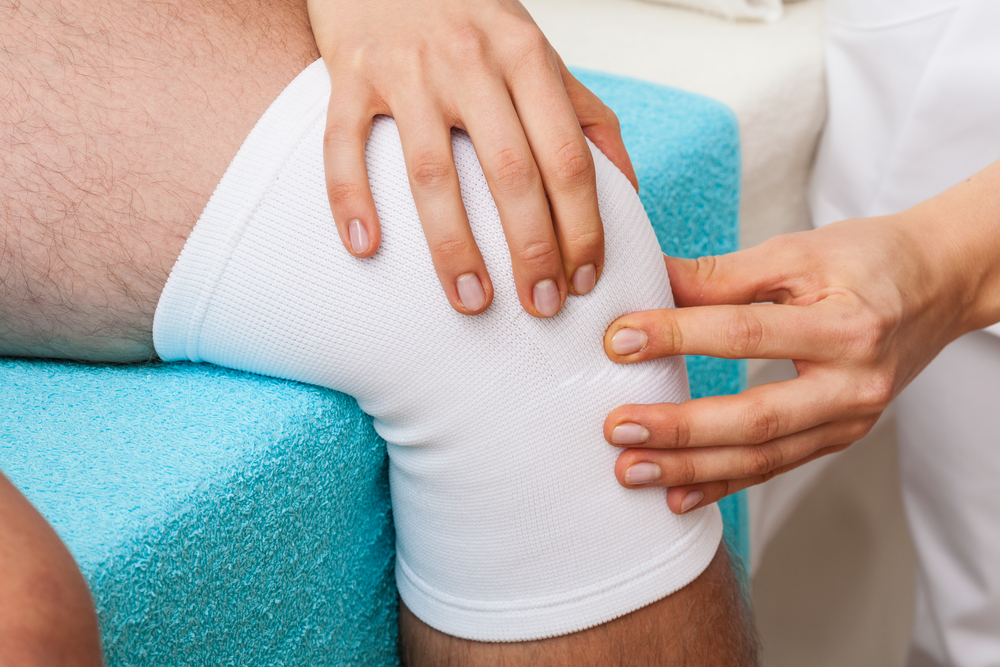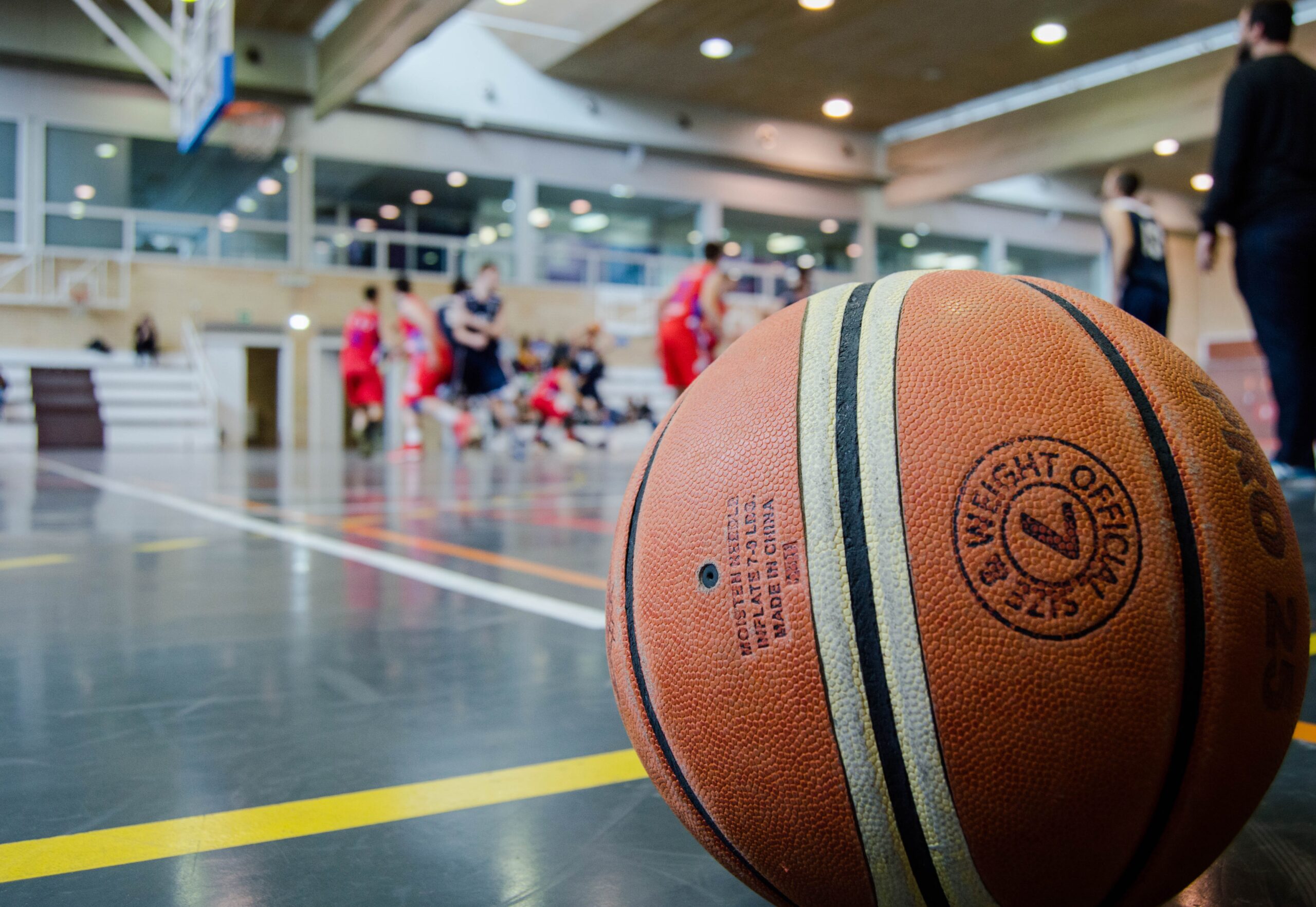Do you play pick-up games of basketball at your neighborhood recreation center? How about playing for your school’s team? Whatever your motives are for playing the popular sport, you’re susceptible to getting injured while shooting free-throws or blocking your opponent.
Continue below to read more about common injuries, prevention tips and how our professional staff at Mountainstate Orthopedic Associates (MOA) can help you get back on the court.
WHAT MUSCLES ARE OPERATING WHEN PLAYING BASKETBALL?
According to the American Orthopedic Society for Sports Medicine (AOSSM) Sports Trauma and Overuse Prevention (STOP) program, the most common basketball injuries are ankle sprains, jammed fingers, knee injuries, thigh bruising, facial cuts and foot fractures.
There are many muscle groups at work when an athlete plays basketball, including but not limited to:
- Triceps
- Biceps
- Deltoids
- Rotator cuff
- Pectoralis
- Trapezius
- Core
- Pelvic floor
- Lower back
- Thighs (quadriceps)
- Hips/Buttocks (gluteal)
- Calves
- Hamstrings
As you can see, the entire body is working together while playing basketball. It is crucial to take cautious steps before, during and after the game so that you won’t get an injury. You can learn how to optimize your time on the court and away from an emergency room.
COMMON BASKETBALL INJURIES
The most common basketball injuries are as follows, but not limited to:
Foot & Ankle Injuries
Foot and ankle injuries are the “most prevalent” injuries for an athlete. One-step and a basketball player can roll an ankle, stepped on, or hit during a game. These injuries typically include ankle sprains or stress fractures.
Hip & Thigh Injuries
Players use their hips and thighs for a variety of motions. From running, jumping to rebounding, a strain can be placed on the legs and hips. Hip strain and bruises can occur from contact on the court or over-extending of muscles and ligaments. Deep thigh bruising can occur when an opponent’s elbow or knee hits a player’s thigh.
Knee Injuries
Minor knee sprains are more common when playing basketball. Patellofemoral pain syndrome is the most common knee injury seen in basketball players. It encompasses pain behind the kneecap and where the kneecap meets the femur. Other knee injuries to be aware of are fractured kneecaps and torn ACLs (anterior cruciate ligament).
Wrist & Hand Injuries
Around 11 percent of basketball injuries happen to a player’s wrist or hand. Keep an eye on the ball to avoid jamming any fingers. The game incorporates a lot of passing and catching the ball, so it should be no surprise that wrist and hand injuries can commonly happen. Hand injuries that could occur when playing basketball include elbow tendonitis and elbow bursitis.
Head & Face Injuries
Head and face injuries are evident in a contact sport like basketball. Whether the athlete gets smacked in the face with the ball or bumping heads into another player, it’s these injuries that can occur.
Shoulder Injuries
Through shooting and playing defense, it is also possible for basketball players to get a shoulder injury. Rotator cuff injuries are common with athletes who perform repetitive motions. Injuries develop over time due to stress on ligaments, tendons and muscles. Other injuries include tendinitis, bursitis, rotator cuff tear and more.
PREVENTION TIPS
- Strength and endurance training. Strengthening the muscles in your legs build more support for your knees and joints. Injuries are prevented if you regularly strengthen your muscles being used. The stronger you are, the easier it will be to move and reach your fullest potential in the weight room and on the court.
- Warm-up properly. Always warm-up before playing a game or when you’re at practice to avoid an increased chance for injury.
- Work on core strength. Yoga, pilates or weight training will aid in a stronger core to better perform on the court. A strong core will help with a stable defensive stance, balance, and allows you to move quickly.
- Be aware of concussion symptoms. As mentioned above, head and face injuries occur on the court, so know and recognize the signs of a potential concussion to act quickly when help is needed.
- Practice good technique. Proper training on and off the court is essential to know what to do during a game. It is also valuable to learn how to take care of your body by using proper technique.
- Wear the right gear. Wearing the proper footwear will aid in preventing a foot and ankle injury, such as an ankle brace, knee brace, compression sleeves, thigh pads, or the correct shoes made for the basketball court.
- Use tape, when needed. Tape up your ankles with athletic tape before a game for additional preventative measures if you are prone to ankle injuries.
- Stretch out. Take the necessary time needed to stretch. When you give your muscles the time and attention it needs to stretch, your tendons will be less likely to overextend themselves. Stretch out your hips and knees while warming up before a game.
- Attend any injuries immediately. Utilize the RICE (Rest, Ice, Compression, Elevation) method when you experience an injury.
TREATMENTS YOU NEED TO GET BACK ON THE COURT
If your injuries are diagnosed early-on, your options for treatments will be more effective. At your appointment, your doctor will talk to you about any symptoms you’ve experiencing like pain, along with additional testing. Testing could include an X-ray, ultrasound, or MRI for confirmation of diagnosis and to assess the severity of your injury.
Physical Therapy
Your doctor may recommend physical therapy to aid in the improvement of strength in the particular area that’s injured. For example, if you get a rotator cuff tear, receiving physical therapy to strengthen your shoulder might be an excellent option to consider in your healing process. It is a non-invasion option to help modify habits and movement patterns that aid in the reduction of pain.
Injections
The use of injections could also be an option to reduce the pain.
Surgery
At MOA, we take the most conservative approach possible to help our patients get back onto the court. Unfortunately, surgery may be necessary for some patients. At MOA, we discuss the best options for your specific case.
Other options for potential treatments, depending on the injury, include:
- Pain medications
- Bracing
- Biological treatments
COMMON BASKETBALL INJURIES | MOA
If you do get injured, our medical professionals at MOA are here to help with our many years of experience. Get the help you need at the time you need it. We specialize in getting athletes back in the game. We have multiple surgeons who lend their services to sports teams in the area, including Nick Zervos, M.D., Matthew Darmelio, M.D., Matthew Schessler, M.D. and Chad Micucci, M.D.
All of our orthopedic surgeons are highly trained in many areas. Click below to learn more about the rest of our orthopedic surgeons:
Our staff takes a conservative approach to treatment with minimally invasive options before recommending surgery. Find out more below with our Guide to Sports Injuries downloadable:
Read our guide to sports medicine.
Schedule your appointment today.

